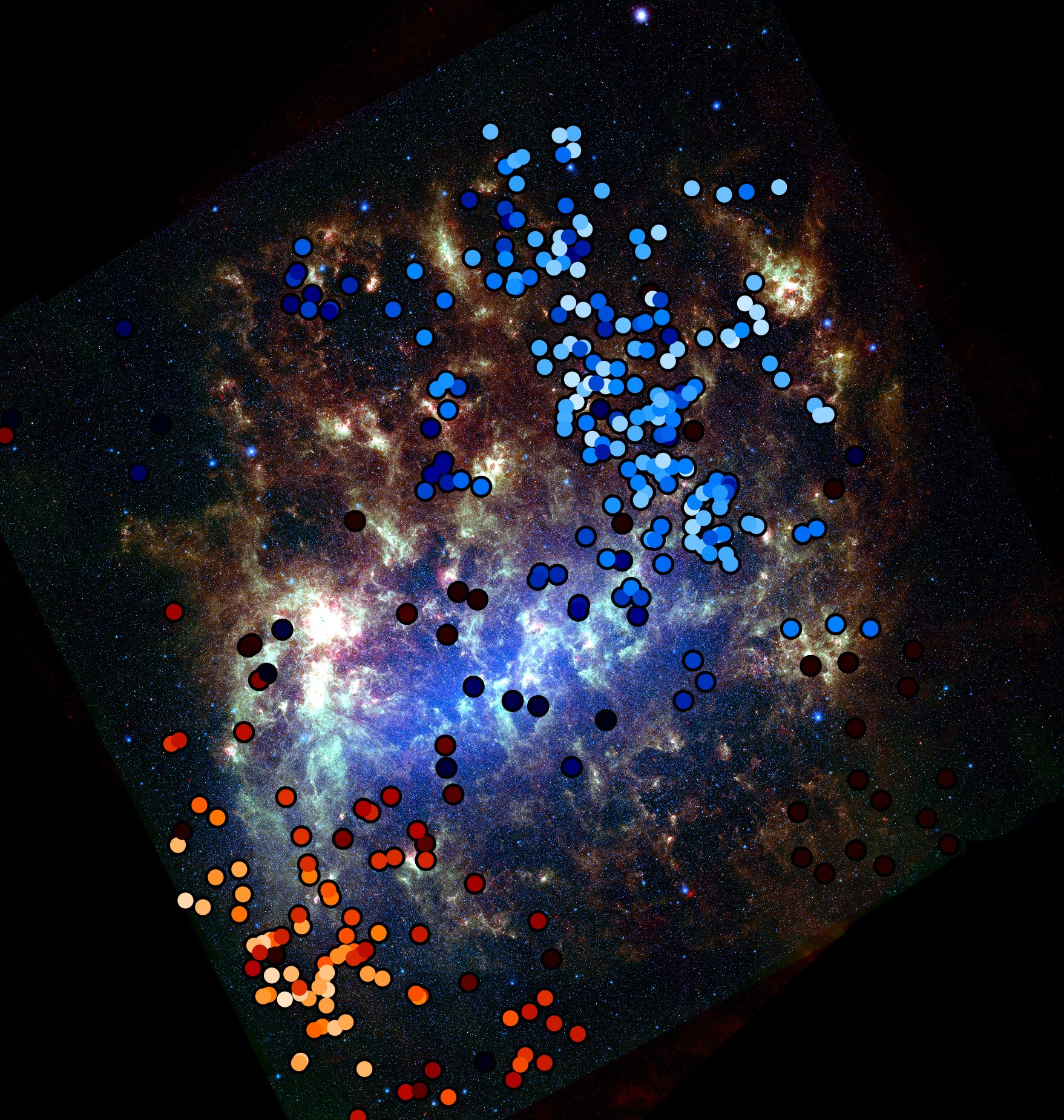
© NASASitting near Australia’s rugged southern coast, the South Australian town of Mount Gambier is built on the side of an extinct volcano that last erupted between 4,300 and 28,000 years ago. Since that time, the caldera of the volcano has filled with rainwater, forming a very deep lake that provides the town with water. The large caldera lake is called Blue Lake due to a rather peculiar characteristic: the water turns a brilliant cobalt blue during the summer and early fall (approximately November-March).
Australia is often called the oldest continent on Earth because of the lack of historic geologic upheaval that marks other areas of the world. But its hushed tectonic activity doesn't mean Australia is asleep.
There are various volcanic clusters Down Under and new research suggests that some of the youngest volcanoes are long
overdue for an eruption.The Newer Volcanics Province (NVP), located in Western Victoria and southeastern South Australia, is a 5,800-square-mile (15,000 square kilometer) area that consists of hundreds of small cones, lava shields and craters that have been mapped in detail over the years. Research from the University of Melbourne's School of Earth Sciences and the Melbourne School of Engineering has found that volcanoes in the NVP were fairly active in the last 20,000 to 30,000 years, with an eruption frequency about every 2,000 years.
The volcanic area is what is termed monogenetic, meaning that when one of the volcanoes blows, it does so only once, so the older cones that have erupted aren't a worry; it is the youngest, new volcanoes that are a threat. The last eruption, at Mount Gambier in South Australia, was about 5,500 years ago, suggesting that the region is overdue for an eruption.



